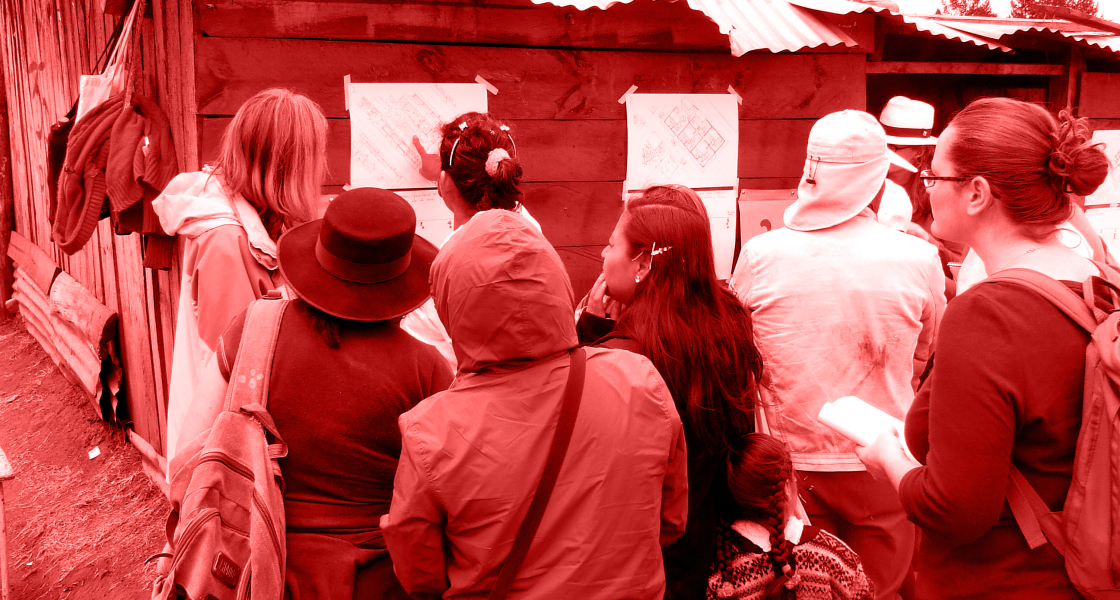Prioritisation tool for establishing residents’ preferences about urban living. pdf download
Goal: To establish residents’ preferences for different neighbourhood layouts.
Audience: Adult residents.
What you need:
– Series of neighbourhood scenarios
– Marker pens
– Notebook
– Camera
– Bluetack/tape/pins
– Block for models (advanced)
Description
This exercise is aimed at bringing the dwelling and community scales together in the form of neighbourhood scenarios to be reviewed by participants. Facilitators produce a series of neighbourhood scenarios based on information gathered from both the dwelling and community scale exercises. The scenarios must be created as suggestions of different implications such as private/public space, density, multi-storied living, communal versus independent living, community facilities etc. at a neighbourhood scale. When introducing the options facilitators highlight issues such as relationships between groups of houses, possibilities to create more open areas for communal public space or farmland.
Instructions:
Step 1: Produce a series of neighbourhood scenarios based on information gathered from both the dwelling and community scale exercises.
Step 2: Convene small focus groups of no moe than four people.
Step 3: Go through each scenario to evluate the positive and negative aspects of each illustrated option.
Step 4: Ask each participant to rate each scenario between 1 to 5, 5 being their absolute favourite.
If possible, it could be useful to build small blocks to use to build up a model to enable participants to adapt the neighbourhood scenarios to suit their preferences.




